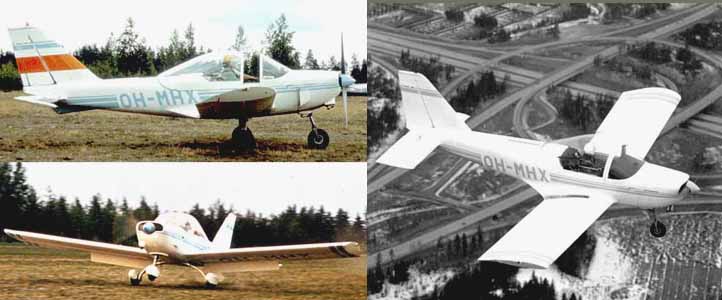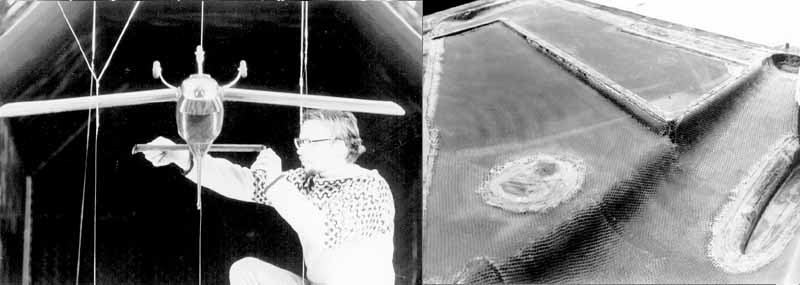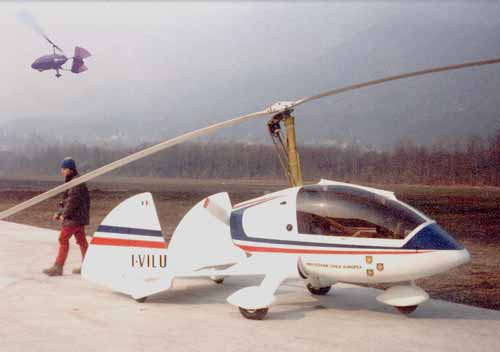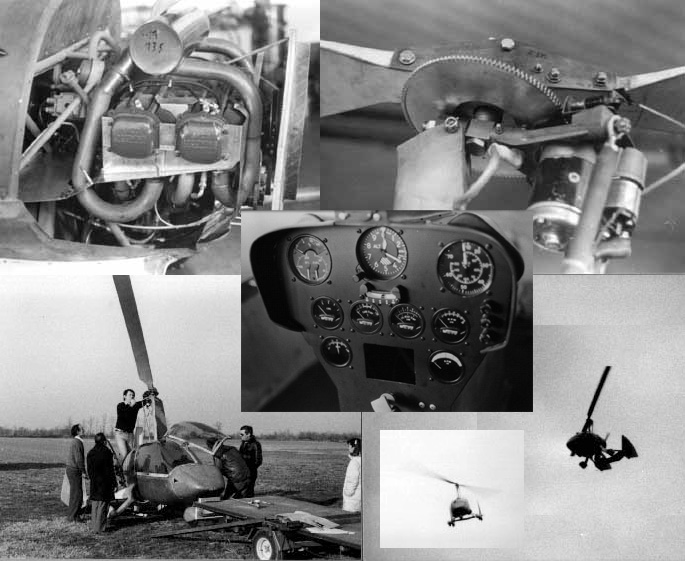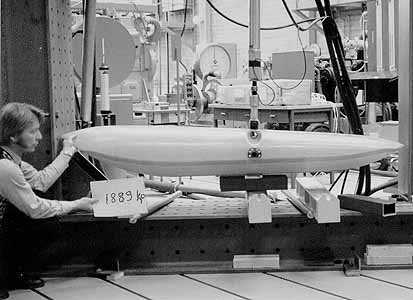|
|
||||||||||
|
||||||||||
PIK-19 "MUHINU" Tow Plane, OH-MHX 1972.
This plane was a Finnish government sponsored research project and a
full-time job for me in 1969-1972 at Helsinki University of Technology Laboratory of Lightweight Structures
under the leadership of Professor Veikko Linnaluoto. For this project I
hired many skilled young engineers and graduates from the University:
Ilkka Rantasalo, Pekka Tammi, Hannu Korhonen, Markku
Hiedanpää, Erkki Haapanen, Olof Lagerkrantz, etc. The Muhinu was powered by a 150 hp Lycoming engine and was the fourth powered aircraft in the world made entirely of composites. One each already existed in the US, France and Germany. Some unique design details were used in the construction of the Muhinu -e.g., the wing was made of one-meter (3 ft) panels. We thus avoided big female molds for the wing. Both the fuselage and wing were made of glass-epoxy- honeycomb sandwich. The main landing gear was also made of fiberglass-epoxy by the filament winding process. Several graduate works ("diplomityo" in Finnish) were done on this project including wind tunnel measurements of a wooden model as well as stress analysis of the cellulose-acetate honeycomb structure. The plane got a PIK designation since "Polyteknikkojen Ilmailukerho" or Aviation Club of Helsinki University of Technology was well known for its earlier designs. Muhinu took to the air 1972 and flew 21 years, accumulating 5217 hrs of flying time and some 40000 glider tows. In 1993 the plane was lost in a crash when the engine quit at low altitude.
|
||||||||||
MT-7 autogyro I-VILU, 1985. In 1980 Vittorio Magni of Italy, the same man who had bought the JT-5 autogyro a few years earlier, asked me to design a new, two-seat autogyro with a 150 hp Lycoming engine. The machine got the project name MT-7 (Magni-Tervamaki). Vittorio later redesignated the machine as VPM S-2. I
made the calculations and general design, delivering the blueprints to
Vittorio, who was responsible for all the detail design. He also built
the machine together with his son. |
||||||||||
|
||||||||||
|
||||||||||
|
|
||||||||||
